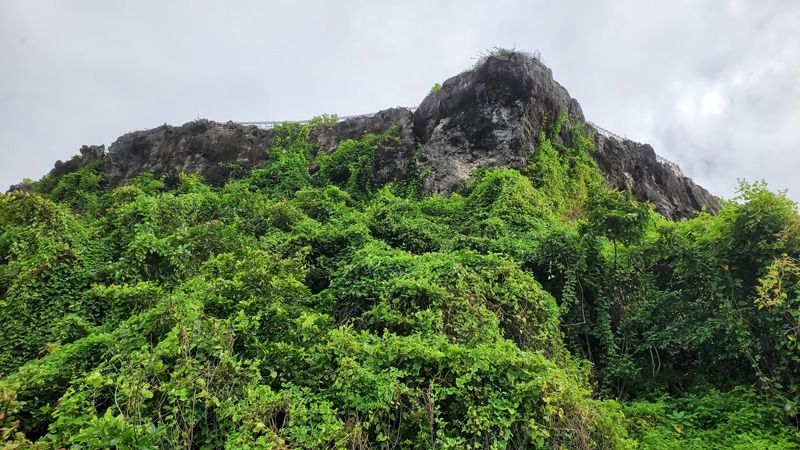
Best hillside Erosion Control Plants To Buy
Living on the hillside is what everyone dreams of, and the thought of owning a garden there serves as the icing on the cake. But what if your aesthetic garden starts eroding because of natural agents? Your dream turns into your worst nightmare, isn’t it?
So, what’s the right thing to do at the right time? All you need is to buy the best erosion control plants when planning a garden for those uneven, hilly areas. This article is a complete erosion control plant selection and buying guide.
I know what nudges you inside — do plants work as erosion controllers? Well, we can’t find the answer unless we read ahead, right? Let’s get going!
Can Plant Act as Erosion Controllers?
Does a plant alone prevent steep surfaces and coasts from erosion? Yes, it does, but before we tell you which ones, let’s answer how they do it.
First, know what erosion is — the process of breaking and carrying the soil or rock through water or wind, which causes degradation of land.
More importantly, it damages the topsoil and results in loss of nutrients. Of these, erosion results in water pollution and poor soil drainage. Here’s how plants act as erosion controllers.
Plants bind soil together with their root system and act as a protective layer in several ways. For instance:
- Placing plants firmly in the ground slows water flow since the stem act as a thick barrier.
- Also, plants protect soil from rainfall by breaking the raindrop’s impact before it hits the soil.
- Plant roots hold soil in place, which makes it harder to wash away accidentally.
- “Prince of Whales” J. Horizontalis: this variety is one of the shortest with only 6 inches tall.
- “Lime Glow” J. Horizontalis: If you like yellowish-green foliage, then this one’s for you.
- Horizontalis Wilton (“Blue Rug” ): famous for its blue foliage.
